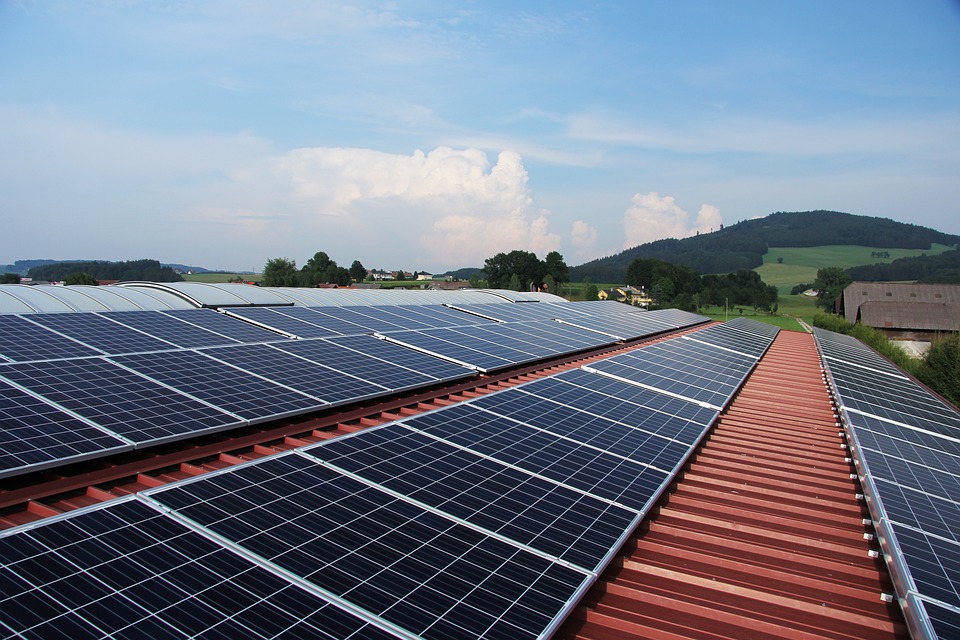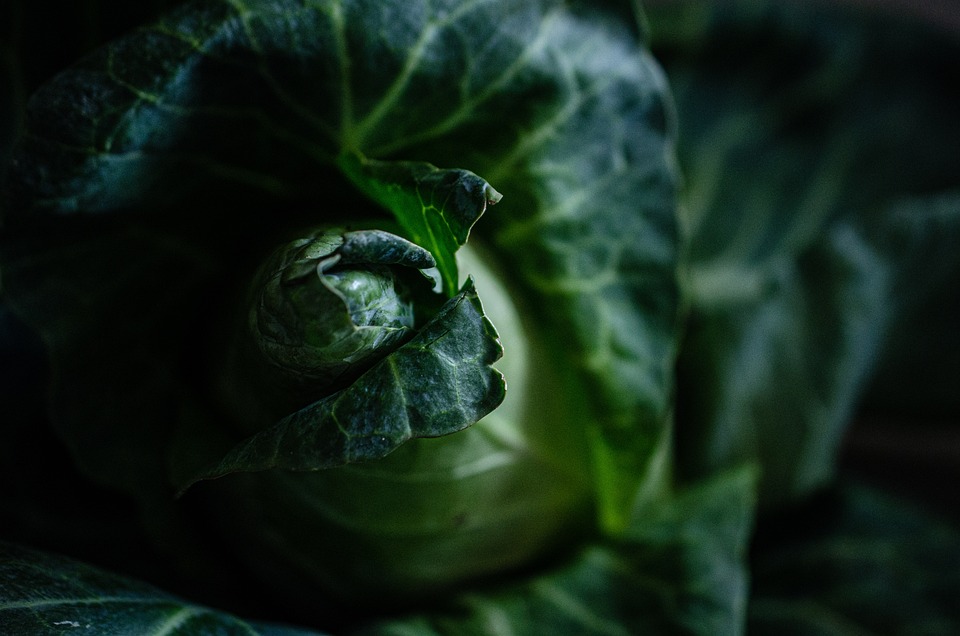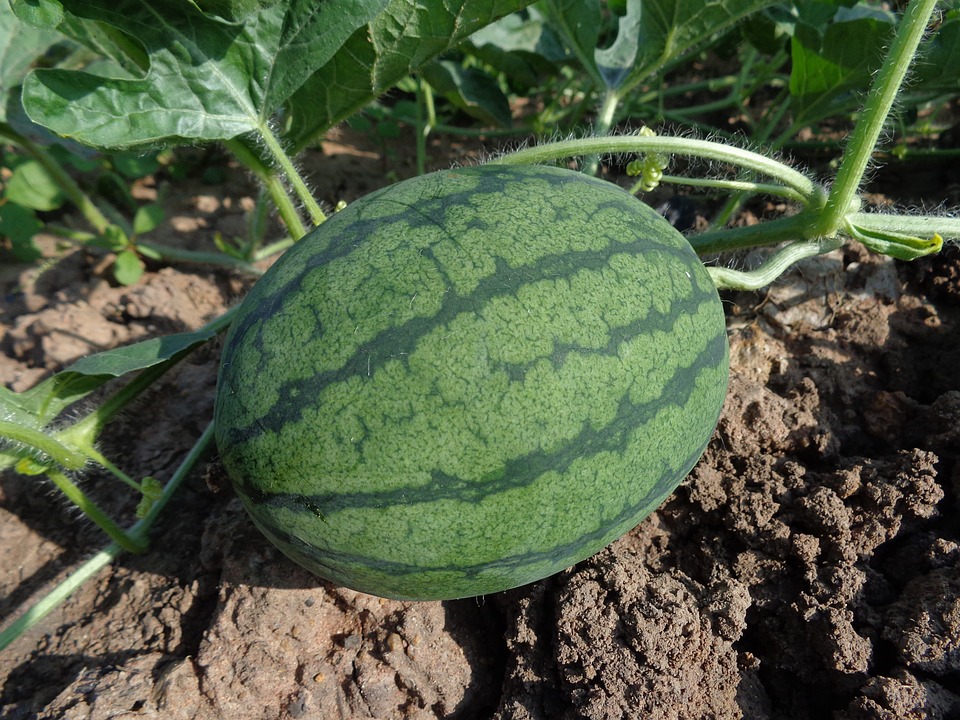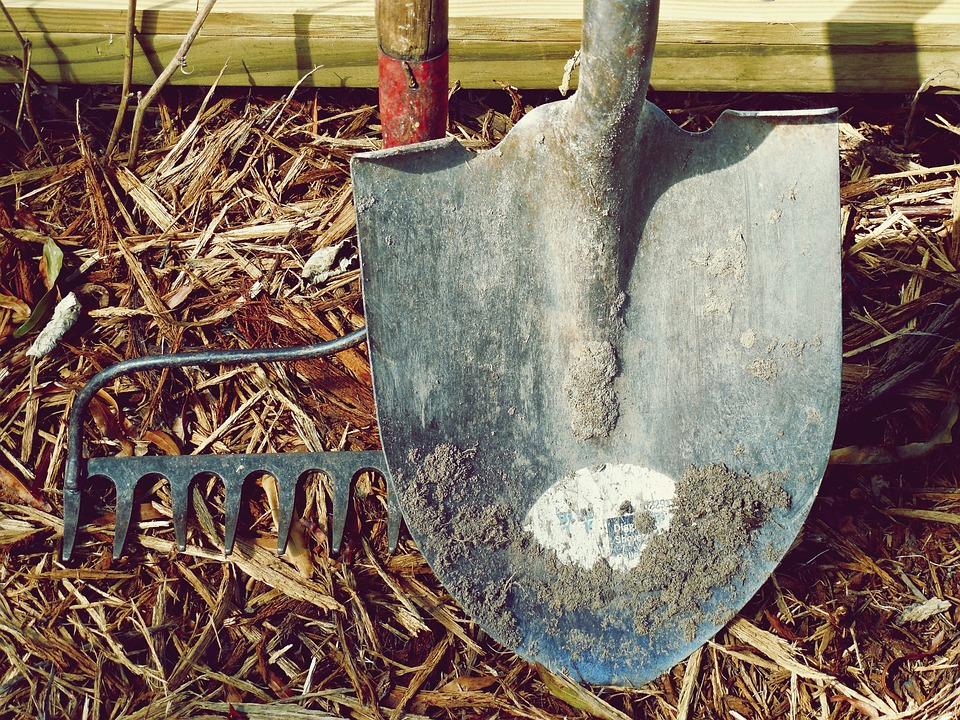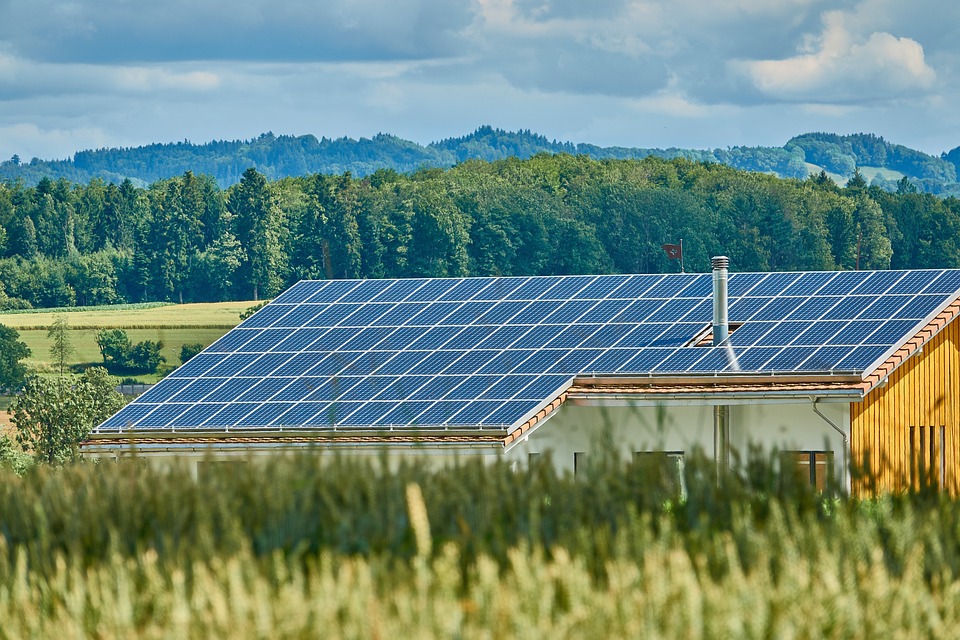Solar Panels: A Bright Future for Sustainable Energy
Living off the grid has provided me with a unique perspective on sustainability and self-reliance. One of the key components of this lifestyle that has truly brightened my world is solar panels. These innovative devices have paved the way for a future powered by renewable energy sources, ensuring a greener and more sustainable world for generations to come. In this article, I want to share my excitement and joy over solar panels and discuss their numerous benefits, all while shedding light on their tremendous potential. Solar panels are a type of renewable energy technology that converts sunlight into usable electricity. The process behind this impressive phenomenon, known as photovoltaics, involves the absorption of sunlight by the solar cells within the panel. These cells then release electrons, which generate an electric current. By harnessing this energy, we can power our homes, gadgets, and even electric vehicles. The journey towards adopting solar power in my off-grid lifestyle began with a deep sense of curiosity and a desire to reduce my environmental impact. As I delved into research, I discovered the immense potential of solar panels to meet my energy needs using a clean and sustainable resource – the sun. The prospect of producing my own electricity without relying on the traditional power grid was liberating. One of the most significant advantages of solar panels is their ability to drastically reduce or eliminate electricity bills. By capturing energy from the sun, these panels provide a renewable source of energy that is essentially free. I vividly remember the excitement of receiving my first utility bill after installing solar panels – it was lower than ever before! Not only did this save me money, but it also gave me a sense of independence and freedom from the constraints of utility companies. The environmental impact of solar panels cannot be overstated. By harnessing the power of the sun, we can significantly reduce our dependence on fossil fuels, which are notorious for their contribution to climate change. Solar energy is clean, renewable, and does not release harmful greenhouse gas emissions, making it a vital tool in combating environmental degradation. It brings me joy to know that every watt of solar electricity generated is a step towards mitigating the climate crisis. But solar panels offer more than just environmental benefits. They are also highly versatile and can be utilized in various settings. Whether you live in a remote cabin, suburban home or bustling city apartment, solar panels can be tailored to fit your specific needs. The flexibility of solar energy systems allows for adaptability and scalability, making them accessible to a wide range of individuals and communities. Installing solar panels not only benefits the individual, but it also contributes to the greater good. When you generate excess electricity, it can be fed back into the grid, powering neighboring homes and businesses. This concept, known as net metering, not only minimizes wastage but also promotes a sense of community and collective responsibility. Additionally, as more people embrace solar energy, the demand for non-renewable energy sources reduces, prompting a shift towards a cleaner and more sustainable future for everyone. Pro Tips: – When choosing solar panels, look for those with higher energy efficiency ratings. This ensures maximum energy production, even in areas with less sunlight. – Regularly clean your solar panels to remove dirt and debris. This helps maintain their efficiency and performance. – Consider the orientation and angle of your solar panels to optimize sunlight exposure throughout the day. – Explore solar battery storage options to store excess energy for use during cloudy days or at night. This can enhance your energy independence and resilience. As I reflect on my off-grid journey, I am filled with hope and excitement for the future of solar energy. The rapid advancements in solar technology and decreasing costs make it increasingly accessible to individuals and communities worldwide. Solar panels offer a bright solution to our energy needs, harmonizing ecological sustainability and economic savings. Let us continue to embrace solar energy as a catalyst for positive change. By investing in solar panels, we can reduce our environmental footprint, cut electricity costs, and foster a more sustainable planet for ourselves and future generations. Together, we can usher in a brighter future, powered by the limitless energy of the sun!

